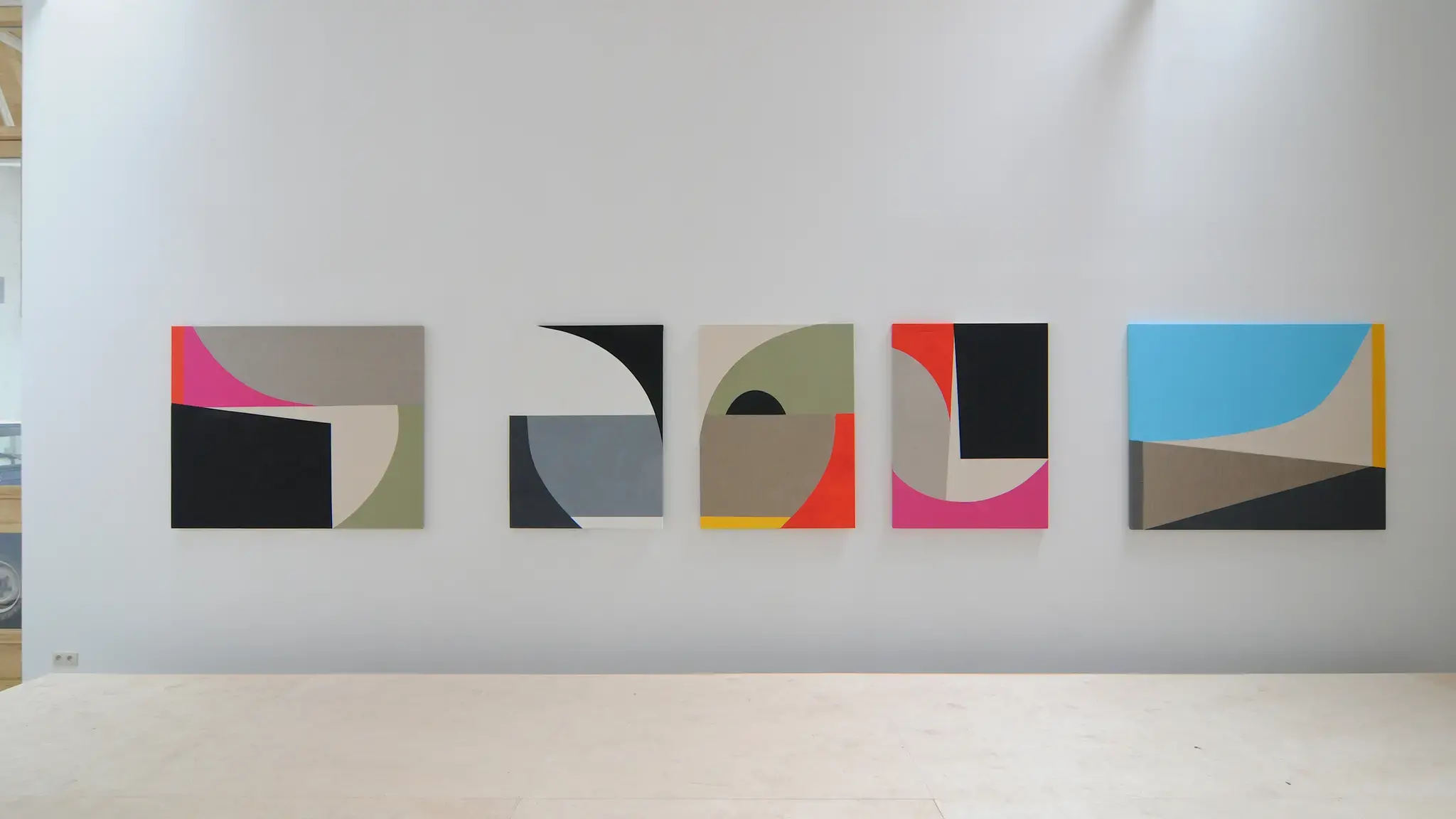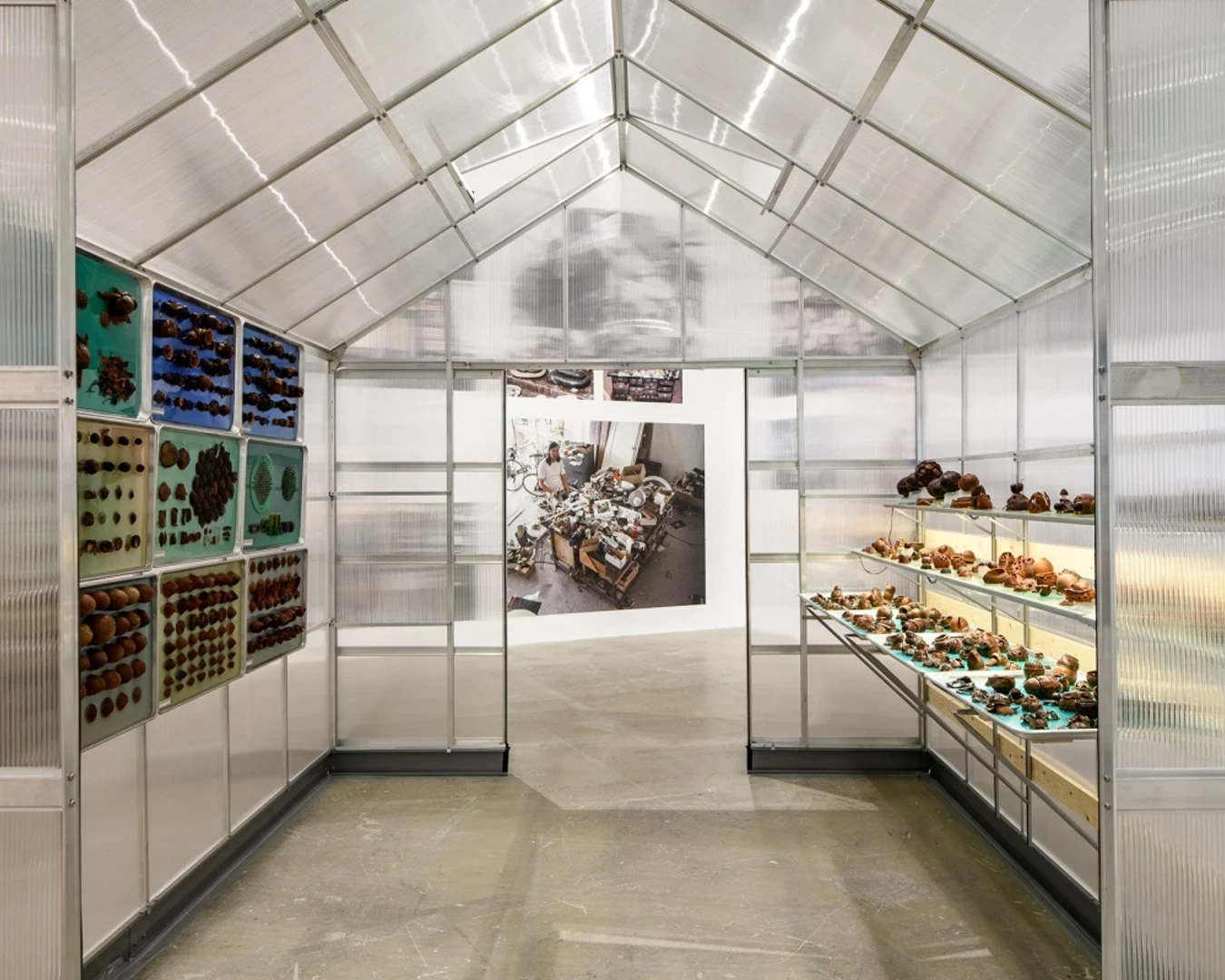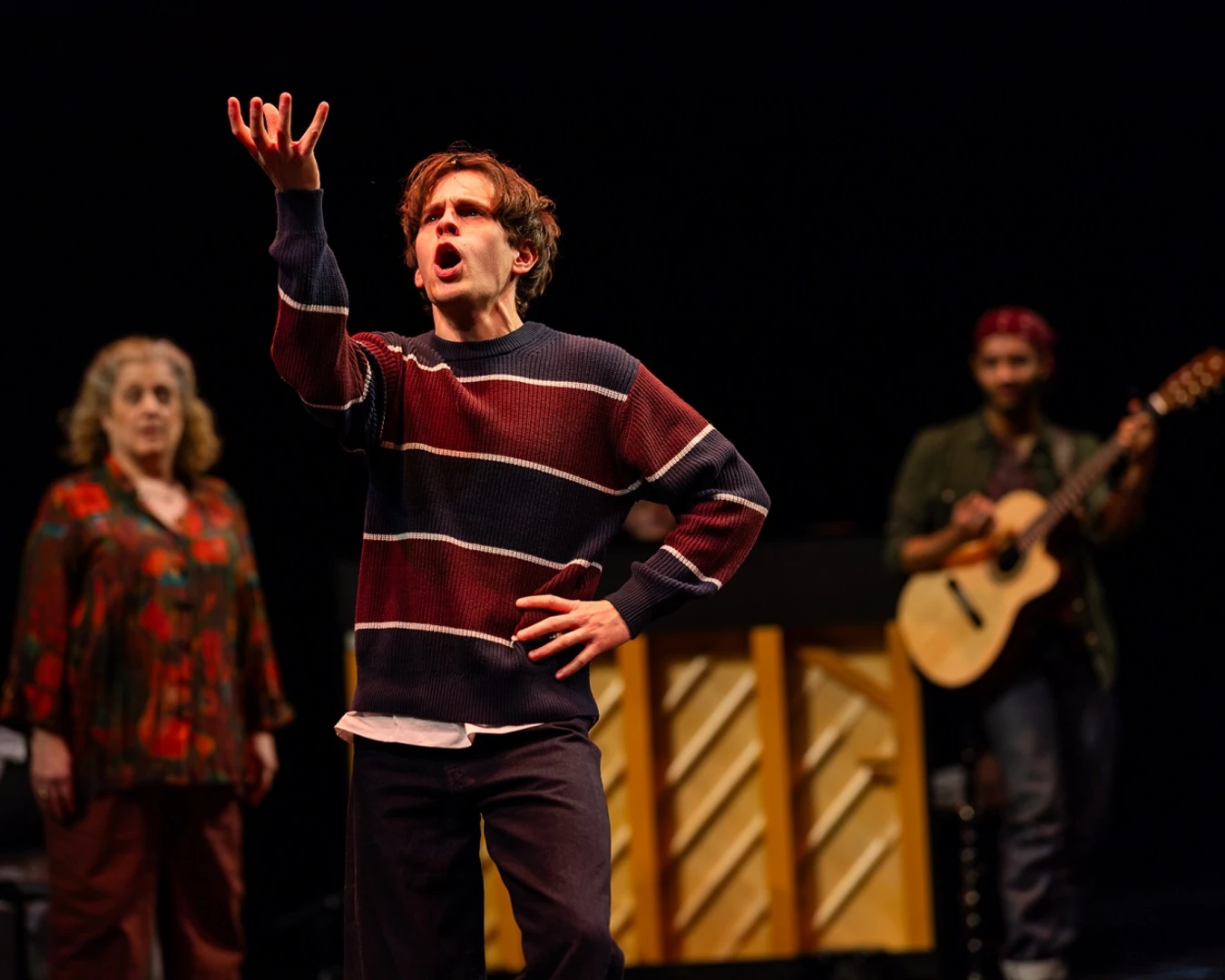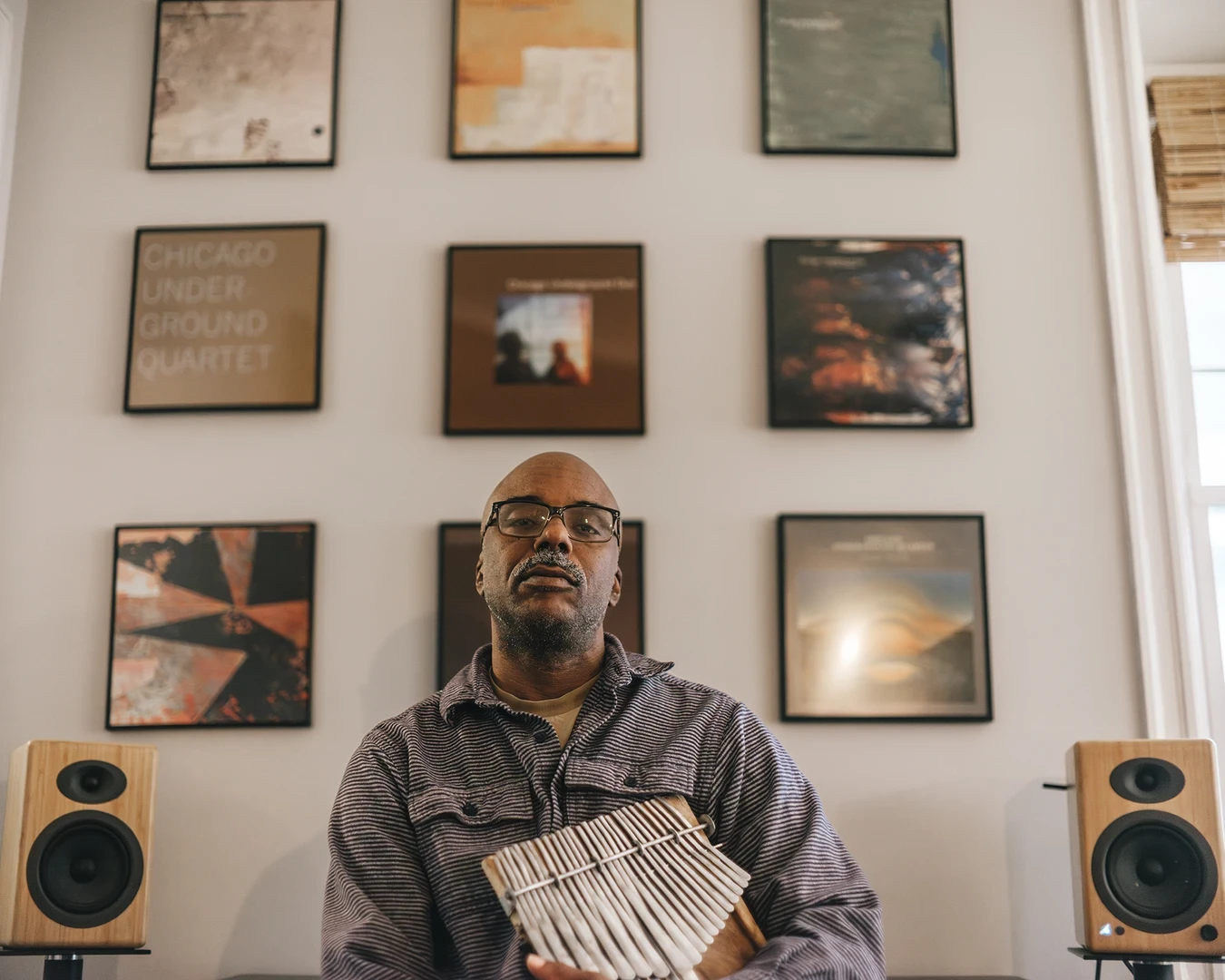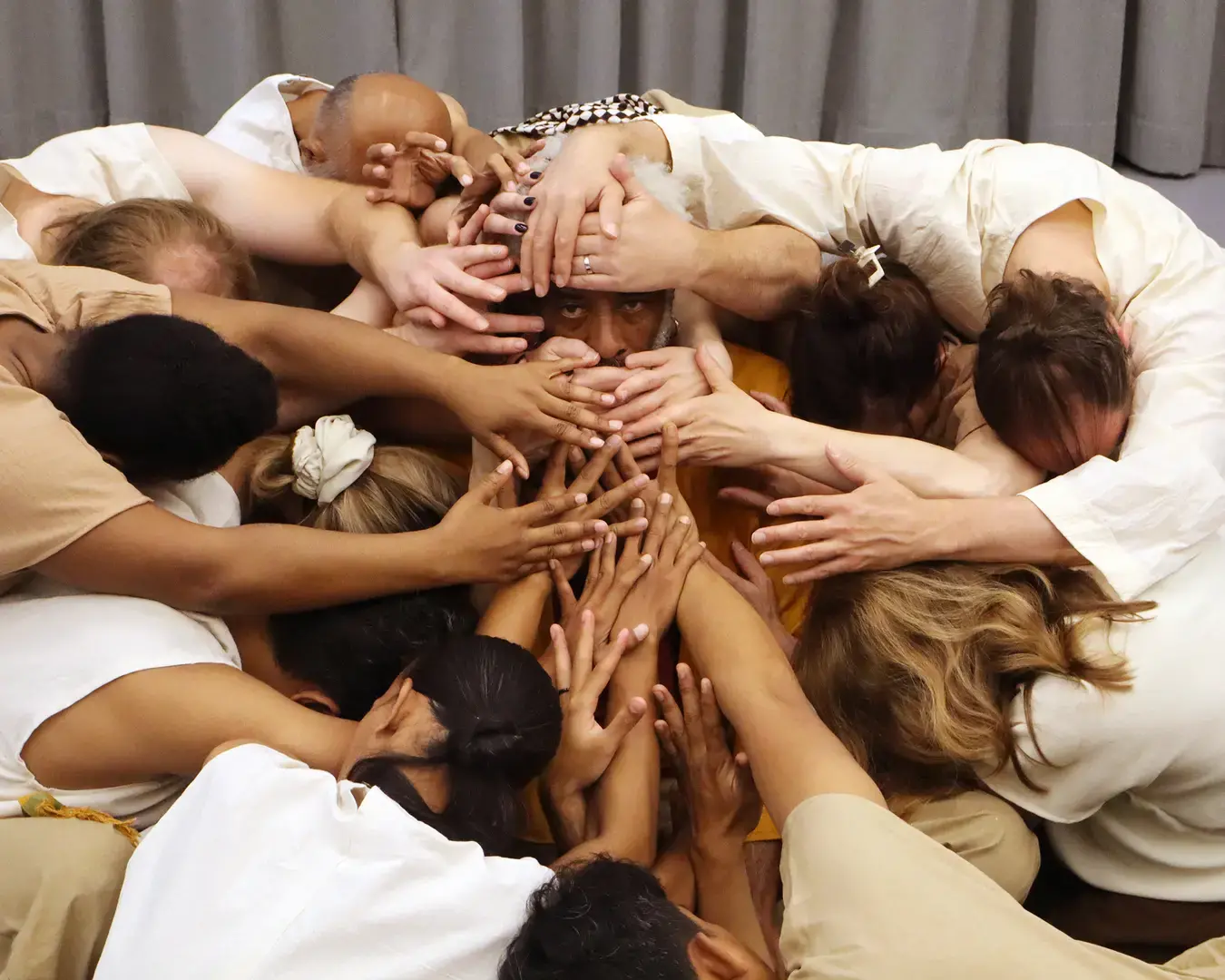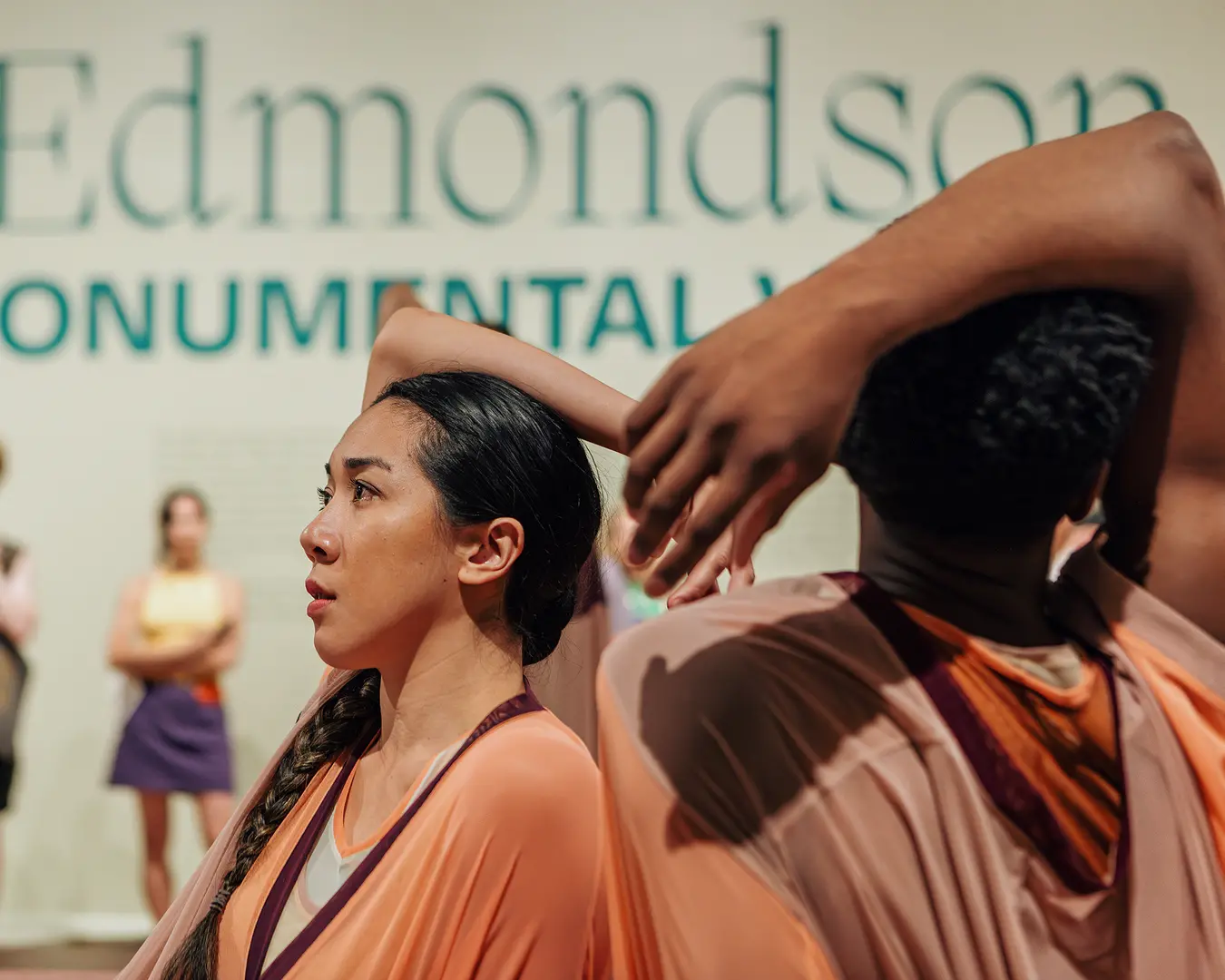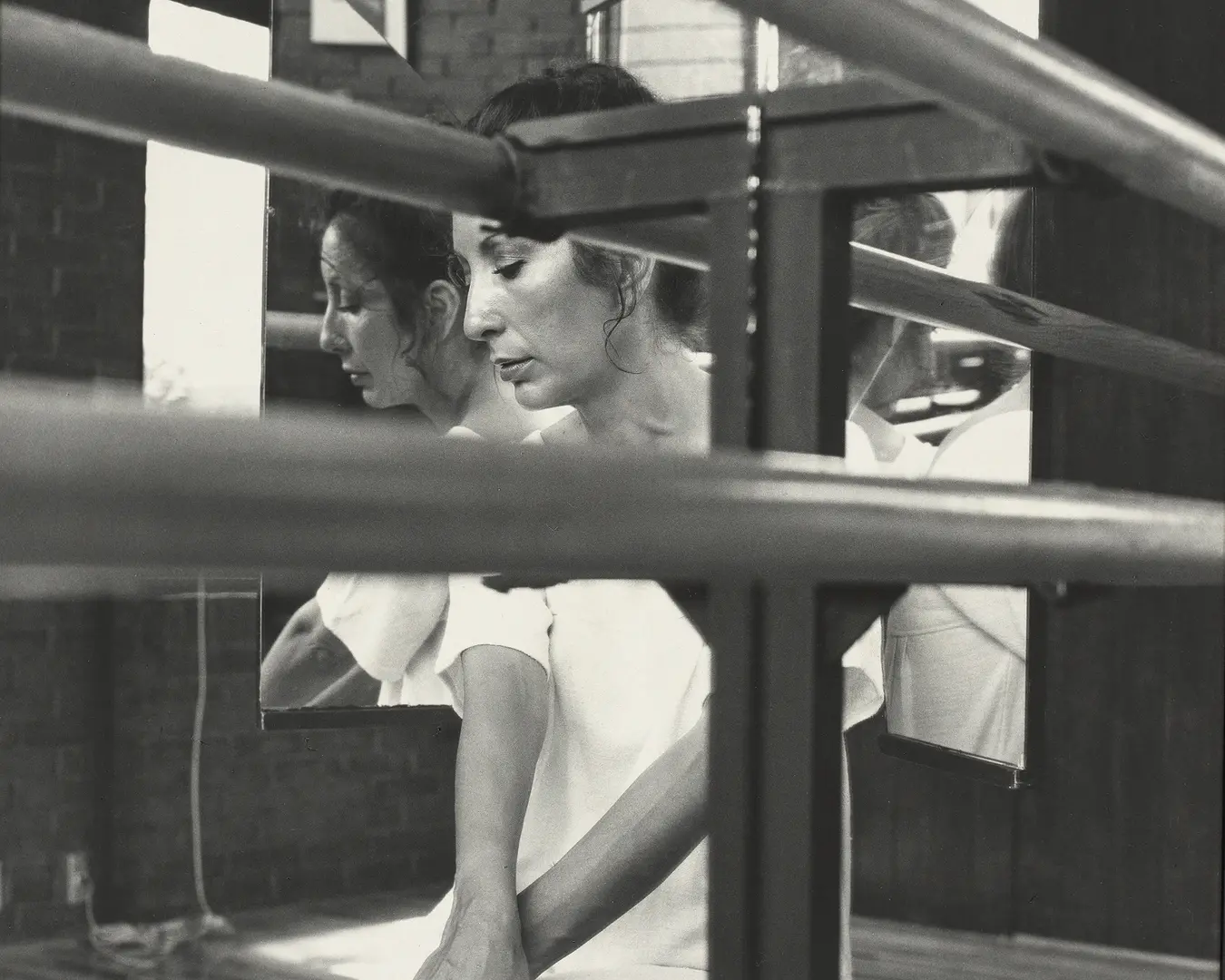The Center’s new publication, The Sentient Archive: Bodies, Performance, and Memory, available now from Wesleyan University Press, gathers the work of artists and cultural practitioners in dance, architecture, science, and the visual arts with essays that illustrate how the body serves as a repository for knowledge.
Here, we offer a peek into the book’s pages, with an essay excerpt from Brooklyn-based artist Sarah Crowner, who questions the idea of a painting as “fixed and static,” and proposes that a painting is “an archive of all the actions and gestures that surround it.”
As she describes below, Crowner’s installations often engage with performative actions, as well as the surrounding environment, with the intent of inviting visitors into an immersive, embodied experience.
In her latest project, Crowner collaborated with choreographer Jessica Lang to produce the scenery and costumes for the world premiere of Garden Blue for American Ballet Theatre, which opened on October 19, 2018. The Guggenheim Museum hosted Crowner, Lang, and ABT dancers for an evening of dance and discussion on October 7 and 8, 2018, as part of the museum’s Works & Process performing arts series.
Excerpt: “Sideways Glances: Painting and Dancing”
by Sarah Crowner
I have been wondering lately what can happen when we allow life to get into art and how, in a way, the body can enter into a painting. We tend to see a painting as fixed and static. Yet it is a handmade object, and inherent in it is the motion of the artist’s body, her muscles and fingers, which activate it. But after it is made, it goes out in the world. How does the body engage with it then? The formal qualities of my painting began to inform an interest in performance, especially dance, with dance’s inherent reliance on time and space: How can a painting exist in time and space, as a dancer’s body does?
At some point I began to see my paintings as screens or backdrops for an action or event. I started going to contemporary dance performances and having conversations with dancers and choreographers. I dreamed about creating a painting that would become “un-fixed”; its static nature could begin to move without employing special effects or lighting. How can painting, essentially a collection of forms and colors, evolve over time, as dance does?
I proposed some experiments. In an art gallery in Stockholm in 2012 I worked with Anna Pehrsson, a contemporary dancer. She created a dance, her movements echoing the exact forms and shapes in my painting. Her movement went from frozen and still for a moment, then she danced, then froze, becoming still again, the angle of her elbow or leg posing in front of the same angle (or contradicting it) in my painting. In this way she activated the still painting; at the same time, the painting stilled her body. It became a conversation between a painting and a body. This also made me consider time and duration. We can view a painting for only a minute and possibly understand it. When it hangs as a backdrop behind a musical performance, how does this “viewing” time—say, forty-five minutes—affect the viewer’s experience of the painting?
Another example is an exhibition in Brussels in 2011. My abstract paintings were installed on walls around a low wooden stage. In order to see the paintings on the wall, the viewer had to assume the role of the performer and step onto the stage. Once a visitor decided to look carefully at a painting, he or she was forced to step up on stage, suddenly implicated in a rhythmic action with the paintings as décor.
Now I see that painting is a kind of a medium and is really an archive of all the actions and gestures that surround it: the embodied movements inherent in making the object (cutting, painting, dewing, stretching), but also of the dances around it and in front of it as it exists in the world. Painting can be seen as a threshold or curtain between different life experiences. The panting might “collect” the daily performances of eating dinner in front of it, sleeping under it, dancing around it, or performing it. As it gets older and lives in the world, develops its own rhythms, it becomes an archive of experience, like a body, with its sideways movements, inhabiting the world.
